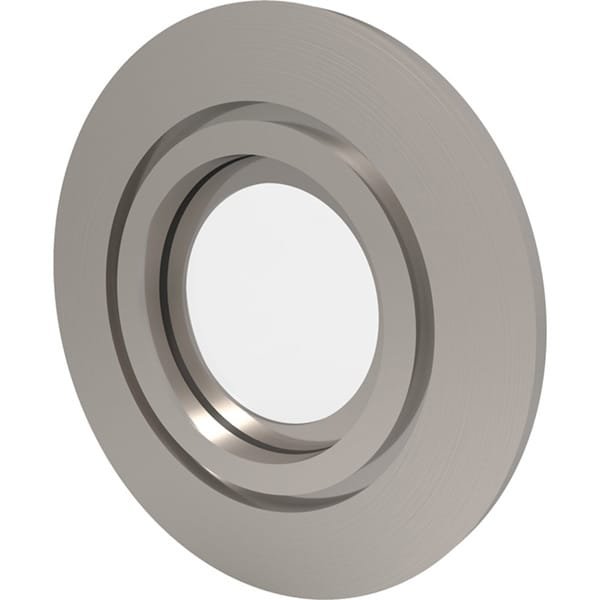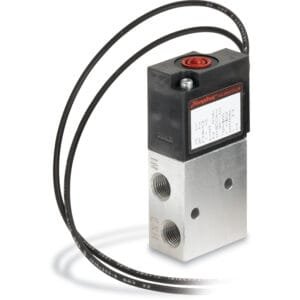KF Flanged Kodial Glass Viewports for High Vacuum Optical Access
KF Flanged Kodial Glass Viewports from TFM are precision-engineered components designed to provide optical clarity, thermal stability, and mechanical durability for use in high-vacuum (HV) systems. These viewports allow for essential visual inspection, wavelength-specific reactions, and process monitoring, making them indispensable for advanced industrial and scientific setups.
Each viewport features a robust assembly of 304 stainless steel, Kovar®, and Kodial 7056 borosilicate glass, ensuring long-term performance in vacuum environments. The Kodial glass disc is fully annealed, providing optical distortion-free viewing across the visible spectrum while withstanding both thermal cycling and chemical exposure.
The viewport design incorporates a KF (QF) flange, compatible with standard quick flange vacuum fittings, allowing quick and secure integration into vacuum lines or chamber ports. Sealing is accomplished via fluorocarbon (FKM) o-rings, which are ideal for high-vacuum environments and support bake-out procedures up to 200°C.
Key Features of KF Flanged Kodial Glass Viewports:
High-Transparency Kodial Glass: Offers excellent visibility and durability in demanding environments.
Vacuum-Compatible Sealing: Equipped with fluorocarbon o-rings, suitable for high-vacuum conditions and elevated temperatures.
Durable Construction: Manufactured with 304 stainless steel and Kovar transitions to maintain mechanical integrity during thermal cycling.
Quick Installation: The KF flanged design enables fast integration and removal using standard clamp hardware.
Thermal Resilience: Bakeable up to 200°C, suitable for process systems requiring regular maintenance or cleaning.
Applications:
Monitoring deposition or etching processes in real time
Optical access for UV or IR-based diagnostics
Emission spectroscopy or plasma light analysis
Ellipsometry and laser-based inspection
Integration in OEM vacuum tools or lab research systems
TFM’s KF Flanged Kodial Glass Viewports combine practical design and reliable performance, offering an efficient solution for those needing optical transparency and vacuum integrity in compact, quick-connect formats.





Reviews
There are no reviews yet.